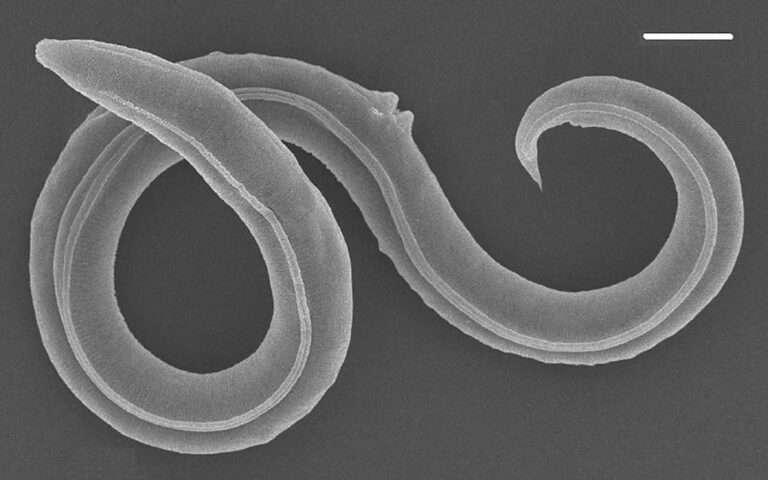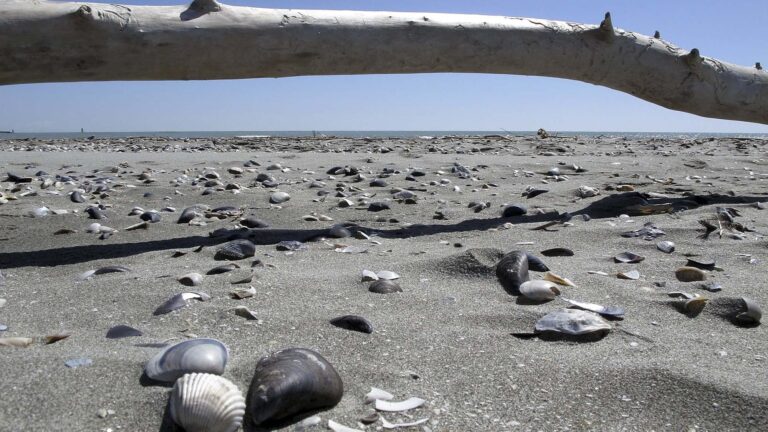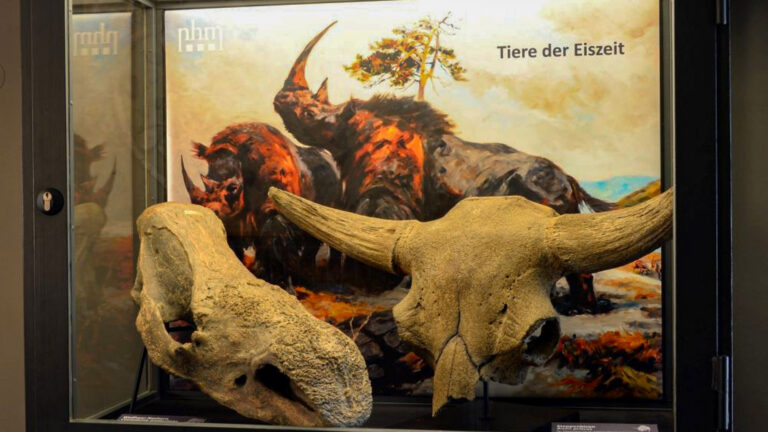
Scientists Revive Ice Age Roundworm
Scientists in Germany have reanimated a roundworm from the Siberian permafrost that had laid dormant for nearly 50,000 years. Researchers at the Max Planck Institute in Dresden, Saxony State, thawed…

Scientists in Germany have reanimated a roundworm from the Siberian permafrost that had laid dormant for nearly 50,000 years. Researchers at the Max Planck Institute in Dresden, Saxony State, thawed…

A new study has revealed that only hunter-gatherers who sought refuge in Spain and Portugal survived the last Ice Age 30,000 years ago. Using new DNA analysis of prehistoric human…

Scientists studying DNA from a 23,000-year-old caveman found in Spain have been astonished to discover he is related to humans found 1,200 miles away. The genetic material was extracted from…

New research has suggested that Otzi the 5,300-year-old prehistoric iceman did not die in autumn before being preserved under winter snow, and instead had died in early spring on a…

A long-standing theory that an equatorial belt of warm water fostered life during the earth's Ice Age has been dismissed by a new study. New findings by scientists from Vienna…

Human activities rather than climate change are having a more devastating effect on mollusk communities according to new research. An analysis of more than 70,000 fossils indicates that mollusk communities…

An Austrian museum will exhibit unique fossils of mammoths, woolly rhinos and cave lions from the last ice age found scattered in an over-21,500-year-old hunter station. The exhibition, named 'Animals…
A piece of DNA that many humans have inherited from the Neanderthals makes it more likely to get a serious bout of COVID-19 but 27 percent less likely to get…
This beautiful speckled white moth is of a previously unknown population that has survived isolated hundreds of miles from any similar moths since the last ice age, 12,000 years ago,…

A study has revealed that Germany's Rhine river was home to hippos around 30,000 years ago meaning the mammals that are now only native to Africa once wandered the European…